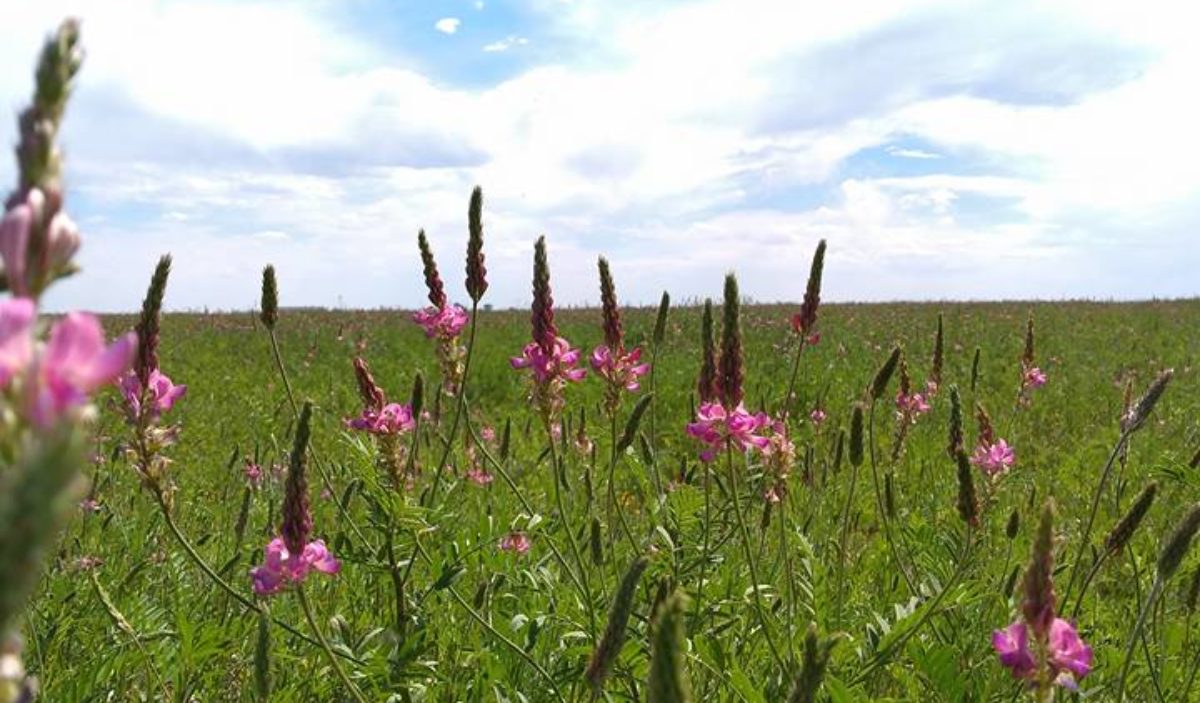We had a problem this year. Mainly that neighbors dogs broke in and killed most of our chickens and peachicks. Suddenly we were down to 2 chickens, when it was decided 6 were needed to supply the family with enough eggs. What to do.
In comes the wonderful community we have around us. We were given 3 chickens. Happiness.
Then 4 egg laying ducks were given to us. Then a little call duck drake was given to my daughter. Suddenly we had geese. Then yet another egg laying duck was given to us.
 There we were, completely without poultry and BAM, plenty of birds meandering the farm.
There we were, completely without poultry and BAM, plenty of birds meandering the farm.
Now this has had an impact. The pond has been completely free of birds for the year. I had grasses and reeds growing. The pond was actually clear most days. The pigs were enjoying it and digging it out like crazy but otherwise, a healthy ecosystem.
The ducks didn’t make that big of an impact. The initial 4 were young and did not create that much of a mess. The geese, now they were a problem. I did not even consider how quickly and completely they could destroy all green matter around the pond. The grass, pretty much non-existent. All of the plants growing up around the pond, destroyed.
I was a little discouraged by all this. I was thinking about how tasty those geese would be. However, I think they can stay. They’ve started venturing out of the fenced pond area and onto the property as a whole. Our acreage can certainly withstand the appetites of two Sevastopol geese. In fact it was a beautiful morning, looking out the windows and watching our chickens, ducks, geese and peafowl wandering the property finding food.
Indeed I still haven’t fed anyone. I won’t until all the green on our property is gone. I will feed through the winter only. Even without feeding I have fat animals. Happy animals. Healthy animals. It has been a beautiful season with the animals.



































